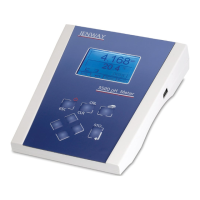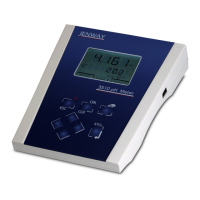Why does my jenway 3520 display drifting erratic readings?
- MMark MyersAug 18, 2025
If your Jenway Multimeter displays drifting, erratic readings, the issue might stem from an electrode fault. To resolve this, test the 3520 using a BNC cap, and if necessary, replace the electrode.


